Howdy Friends! Don’t desensitize your horse! We’ve all seen it, owners, trainers or friends working in round pens or rings, with a worried, sometimes terrified horse, waving a bag, a towel or some other object at the horse to “Desensitize the horse.” I understand some reading this think I’ve described an exaggerated scene, others will think it’s got to be done, and still others think they would never do that. I’m in that last camp—I would never do that or anything close. Nor could I recommend it.
“But they need to be taught a bag can’t hurt them,” some say. Or a pile of other explanations why “desensitization” is an important part of “training.” Training, another word I’m not real fond of. I don’t want to be “trained,” or “desensitized.” Do you?
I’d rather be educated, or coached. Semantics, you think? No. Words should mean things, and they do.
Ponder the difference
Take just a second here and truly ponder the difference you feel when you think, “train” … or “educate.” They make you feel different inside don’t they?
So how do you help a horse understand flying bags and blankets, falling branches, loud noises and a mountain of other scary things won’t harm her? Easy. Education and confidence building. When a horse has confidence not much will frighten her. When she’s confident in herself, and her person, the scary things are simply, things—not life threatening monsters.
Confidence building is a long term strategy
Confidence building is a long term strategy, and we can make it happen by being confident ourselves, and consistent in our manners, actions and support. Yes it takes longer than a weekend clinic on desensitization—which will surely get a horse less worried about the bag, flag, bucket or bang the weekend was designed to make unscary.
But in most cases it will not build confidence. What it most often builds is a worried compliance. I must point out that many horses are skilled in hiding their worry with compliance.
In the blink of an eye
But worry and fear can resurface in the blink of an eye, in a most dangerous way, when the next “scary thing” that had not been used to desensitize, suddenly appears out of nowhere. The weak link is the lack of confidence building.
It is totally impossible to desensitize a horse to every scary or worrisome object a horse and rider might ever encounter. And that is the flaw.
And it is a big flaw, for when the desensitized horse has an incident after training, and the rider momentarily gets scared themselves. Then disciplines the horse for what is a natural reaction. The bond between horse and human suffers a strain, a little damage. That’s not a good thing. Not for the person Not for the horse.
Building self confidence is the answer.
Building self confidence within the horse is the answer. Conducting one’s self in a manner steeped in confidence, support and I might say mentorship, builds confidence in the horse.
Take time to understand the horse, as much time as she needs.
When riding, doing groundwork, playing games, never push beyond what the horse is comfortable, confident with. Ever.
In everything you do make sure the horse is ready to go to the next level.
Revisit often things she has mastered, and enjoys doing. This will create layers, upon layers of confidence. Those layers of confidence will build a suit of armor ever present for any scary, unexpected or surprising thing that suddenly appears.
And she’ll handle all the never-before-seens with inner strength of self-confidence—not suppressed fear.
Don’t desensitize your horse
Don’t desensitize your horse … Empower her! ~ Gitty Up, Dutch.
BE SURE TO VISIT MY BOOK SHOP Look for my book, “It’s For The Horses” for more.

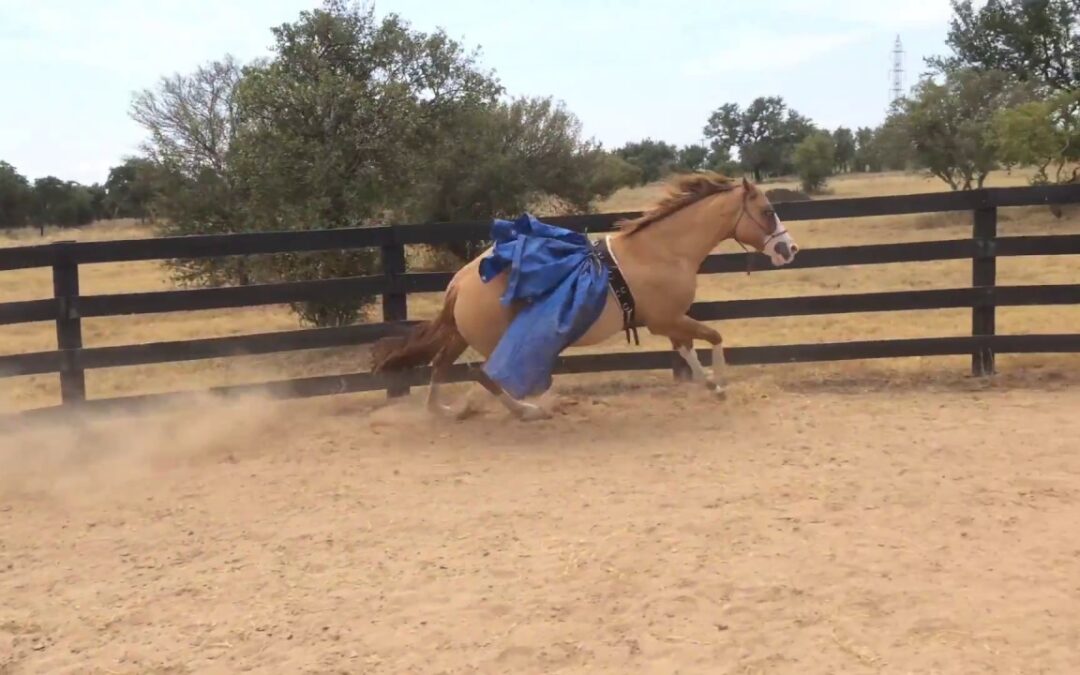

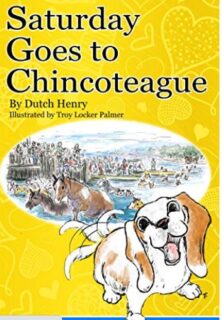
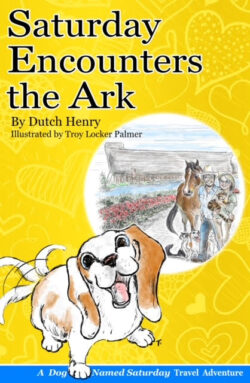

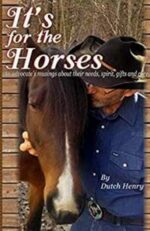
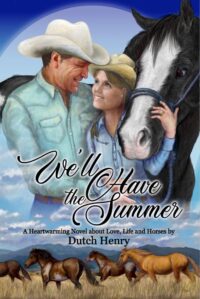
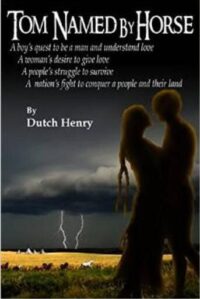
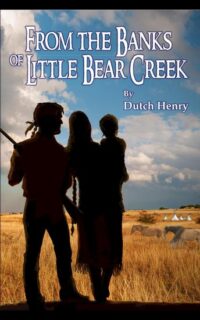
Wish you’d come work with me and mine
Howdy Sheila! You know that’s not my picture – I used to illustrate stupidity. What do you need? We can talk on the phone if it will help.
Sounds like you guys are doing things well! Good Job!
I ride on the road sometimes and my mule hates bicycles and motorcycles which seem to pass us going by very loudly. He use to wheel around but is getting a little better now
Howdy Jacki, Yup. It takes time. Don’t ask for too much too fast. It begins with building the horse’s confidence in you. That’s the ticket.
I agree, with confidence they can deal with the unexpected things we encounter but never “thought” to desensitize him with. For example an air siren going off right behind us to announce a parade, neither of us expected that, but he handled it tied. thankfully I was there to reassure him, but just using as an example. He came to me very skittish about anything touching his rump, I think because they used rein poppers ugh, so I did work with him to not panic when something was on his rump, but never terrorized him with it like this picture shows. I have not put a tarp on him to drag, nor would I ever tie one to him, but I would be willing to spend time walking with him dragging a tarp in baby steps, letting him process it, then ask more. They do need training, exposure, etc. but I agree, done in a way that builds confidence in me the human, and themself in learning how to process and deal with their instinctual emotions of self preservation.
Agreed! I just used that picture to illustrate stupidity.
Dutch
Hello! I have a boy. That has so many traumatic layers that I am peeling away. In his previous life,before arriving here at Chases Landing, they tried to train him to be a “cart” horse. Long story short, he did not take “to it”, and they tried beating him into submission.
They gave him away to the gal that I got him from. She tried to ride him once and he would not let her. She never tried anything else and kept him from age 3 to age 12, then gave him to me. Mind you,I rescue and always meet all horses where they are mentally. Working with what they do have and gaining trust through love and kindness. Keeche is a beautiful, Sweet spirited standardbred. On lead he is the perfect gentleman. Getting the halter on him is the challenge. He stands perfect for the farrier, loves attention with grooming. My belief is he would be a great pleasure riding horse. He lacks confidence. Especially in his stall and run. (front stall door inside barn,back stall door to outside run). I always reassure him, when anything spooks him, that it’s just noise. And it’s ok. I am trying to reach the pre abuse Keechee. Any tips, or suggestions?
Hi Brenda. The only pointer I have is going to sound too simplistic. But it’s always the same, build the horse’s confidence in you. Be the same every time all the time. Visit often the things he does well. Spend a LOT of time with him doing ground work. Work a bit on the halter thing. I’ve worked with many who were challenging to halter. We must start by teaching to lower the head – one tiny gain at a time. Email me if you want to talk more.